With the automotive industry undergoing a fundamental shift in its engineering where environmental consciousness is concerned, the prevailing direction is towards battery-electric powertrains for passenger vehicles. This is because zero exhaust emissions is generally seen as the ideal goal in the drive towards achieving carbon neutrality.
Toyota held a press briefing on the current state of its battery development and supply as well as future plans, presented by Toyota chief technology officer Masahiko Maeda, who was joined by chief production officer Masamichi Okada, president of the CN advanced engineering development centre Keiji Kaita and chief communication officer Jun Nagata.
Carbon neutrality is defined as net zero carbon dioxide (CO2) emissions across the lifecycle of an entity, in this case, a vehicle. In order to counter the world’s climbing CO2 concentration levels, the immediate reduction of of these greenhouse gases from cars calls for rapid electrification; a single battery-electric vehicle has the CO2 reduction effect of three hybrid vehicles, according to Toyota.
The general car-buying public isn’t yet able to make the wholesale switch to zero-tailpipe emissions cars for a range of reasons – among them, range and charging duration – however, and Toyota’s path to that eventual CO2 neutrality goal is well-known: hybrids. Though, the Japanese giant has also made strides in hastening its own introduction of battery-electric vehicles (BEVs) as well as fuel-cell electric vehicles (FCEVs).
Hybrids will continue to figure significantly in Toyota’s sustainable motoring movement, where a sales volume of eight million electrified vehicles has been forecast by 2030. Within this sum includes two million BEVs and FCEVs, or which means zero or negligible harmful exhaust emissions vehicles will count for a quarter of its sales volume by that target date.
Toyota’s use of the term carbon neutrality is notable, instead of “zero emissions” as an absolute. Toyota Motor North America (TMNA) expressed skepticism on widespread EV adoption in the US, with TMNA director of energy and environmental research, Robert Wimmer saying “it will require overcoming tremendous challenges, including refueling infrastructure, battery availability, consumer acceptance and affordability.”
Toyota posits that “the dissemination of hybrid vehicles has efficiently reduced CO2 emissions” with a small volume of electric drive batteries; from a cumulative global sales figure of 18.1 million hybrids as of the end of July 2021, the CO2 emissions reduction effect is equal to that of approximately 5.5 million BEVs, it said.
Despite the claimed numbers, Toyota’s stance has not gone down well with the environmentalist crowd in the United States, with claims that the Japanese giant has been using its money and influence to slow the collective transition to pure EVs. Toyota president Akio Toyoda responded shortly after with saying that carbon emissions is the enemy, not internal combustion engines.
That said, Toyota is ramping up its commitment of resources to the development and production of EV batteries, including for hybrids, to the tune of 1.5 trillion yen (RM55.8 billion) with the aim of reducing per-vehicle battery costs by 50% by 2030.
The automaker is taking a unified battery development concept for all batteries, be they for hybrids, PHEVs, BEVs or FCEVs, as it aims to supply reliable batteries by balancing five aspects – safety, long service life, high quality, affordability and performance.
Where many automakers purchase or outsource the manufacture of components including drive batteries, Toyota has produced theirs in-house for use in their cars, and being integrated with the production of the vehicle allows Toyota to coordinate the development of the vehicles and batteries together, said Maeda.
“When we consider the use of the battery, it is about how the vehicle is going to be used. If it is going to be a taxi, it will be charged frequently, and we will have the information on the heat condition of the batteries,” Maeda continued. This data is forwarded to the team charged with battery development, and feedback is then received in order to create the best battery design for usage under different conditions, he said.
Toyota believes this approach is faster and more effective, as the team will draw from multiple data sources from the usage of the vehicles, which is then interpreted in order to analyse battery condition repeatedly for the objective of improving the performance and safety of the batteries, Maeda continued.
“We believe [that] being able to do this, not just on a desktop calculation basis, but through trials where we aim to strike the balance between the vehicle and the battery, is an advantage for Toyota. We take this approach for all the batteries,” Maeda explained.
The aforementioned 1.5 trillion yen (RM55.8 billion) battery investment is also for the building of a flexible supply network and production system, with the goal of becoming able to respond to increasing battery demand that is expected to exceed 200 GWh, also by 2030.
According to chief production officer Masamichi Okada, the means to meeting that demand is by building 10 more new battery production lines by 2025. Between 2026 and 2030, Toyota will build them at a rate of 10 new production lines per year, and will result in a total of 70 lines for BEVs.
That investment is mainly for production including the requisite machines and facilities, says Okada, and based on Toyota’s experience in hybrid vehicle production, these will be small base units while the production units will also be kept small in order to remain agile to manufacturing needs.
The source minerals used in the manufacture of EV batteries have also been a recurring talking point for hybrids and BEVs, and to that end Toyota is also working to mitigate the environmental impact from the resource used. As lithium is harmful in its pure form and other minerals are used as stabilisers, alternatives include – but are not limited to – iron phosphate.
“We have researched iron phosphate, and we have that in the back of our minds, but we are looking into the true demand for the range. As a means of being competitive, we know there is demand and there is benefit in offering more range, but this is also dependent on the usage in each market,” said Maeda.
The company’s approach is to use the minimum amount of material required to produce batteries, Maeda continued, and if the batteries’ usage rate is reduced, that will also reduce emissions and the issue of supply can be addressed.
“The supply of materials is a big challenge in our battery strategy. We are positioning this as part of the broader strategy along with building smaller facilities and how we work with our partners like Panasonic,” said Okada. The car manufacturing operation won’t be alone in handling the matter as Toyota Tsusho, the trading arm of the Toyota group is also part of the collaboration, and the two sides will be working together to secure the necessary volume of supplies.
Looking to sell your car? Sell it with Carro.

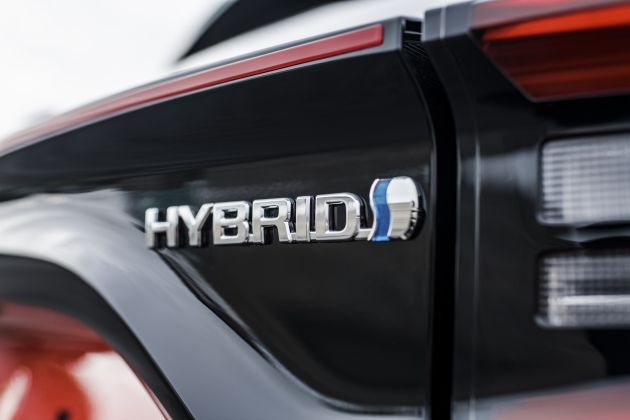
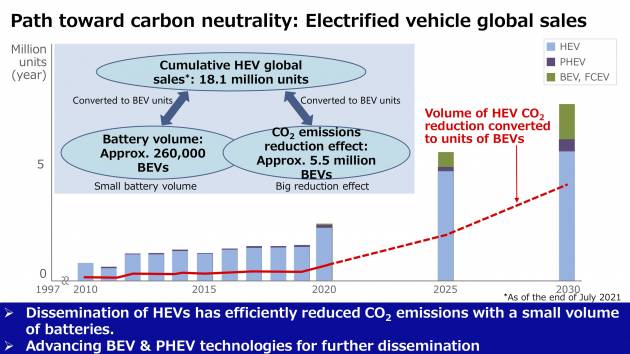
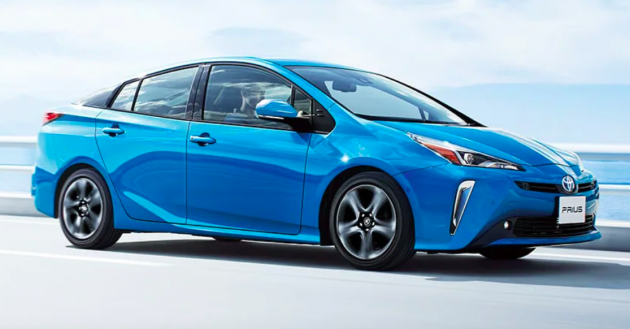

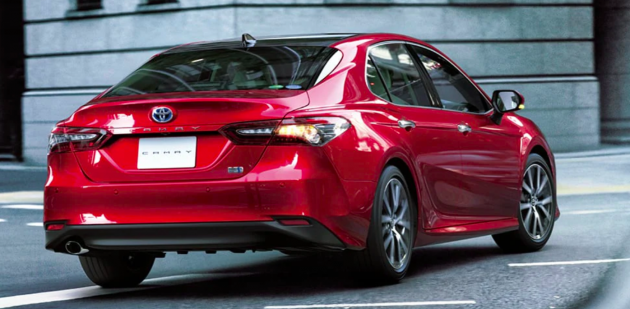
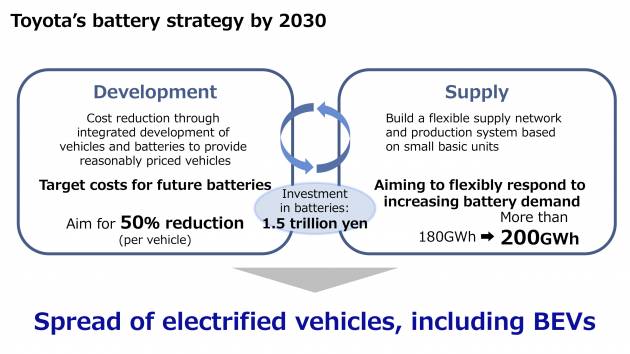
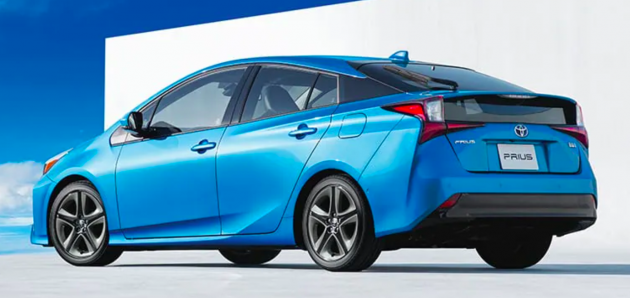




























Wise move
Business centric
The world wants EV, full stop.
You give so many excuses, create so many acronyms, then you will become the next Nokia >> reluctant to transform.
Gives Chinese EV makers perfect chance to overthrow you.
Destiny, perhaps?
https://paultan.org/2021/08/24/tesla-destination-supercharger-network-top-jd-charts/
EV survey: owners want free and fast public chargers
Majority want Free Fast charging
3mins Fast Charging then everybody want, if Free.
no need waste time. no need go charge is even better, wireless charging – all not ready.
Won’t be immediate sell EV car but slowly
Hybrid car no resale value
Hybrid car has resale value, due to small powerbank.
Plug in no resale value, due to large powerbank.
Cambodia best selling imported car is Toyota Prius.
Market has cheap good battery replacement kits.
PHEV’s are here to stay. The long haul towards carbon neutral is multi- directional.
Do what you see fits. Buyers buy what they want… and the world is heading for EV. FUll STOP.